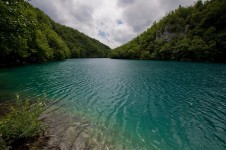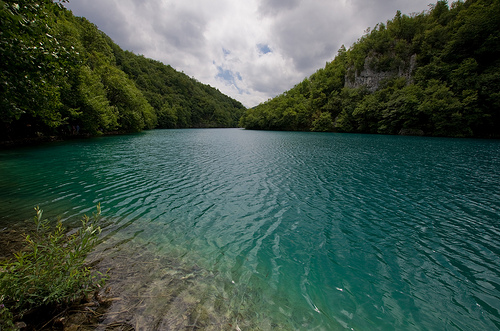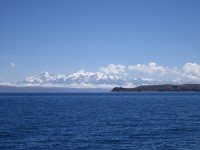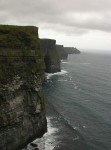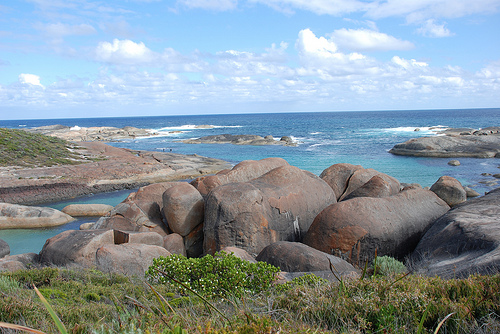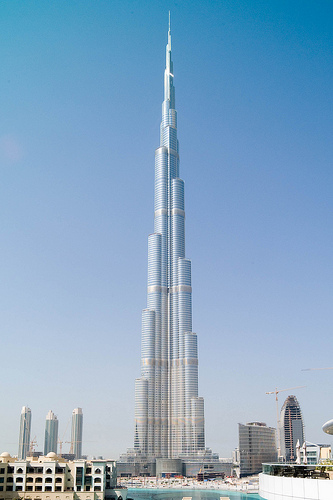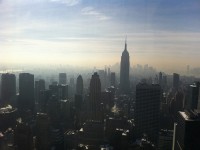
“I ♥ New York City.”
- New York City is a city located in the New York State, in the United States of America, and it is the home of many well known places, notably Times Square; the Statue of Liberty; the World Trade Centers; New York Stock Exchange; the Unisphere; Brooklyn Bridge; and Central Park.
- ‘New York City’ is also known as ‘New York’, ‘City of New York’, ‘NYC’, ‘NY’, ‘Big Apple’ and ‘The City’.
- During 1785 to 1790, New York City was the capital of the United States of America, and since then, it has had the greatest city population in the US , with an estimated 8.4 million people living in the city itself in 2013 and approximately 20 million in the metropolitan area,
- New York City was visited by an explorer from Italy, Giovanni da Verrazzano, for the French monarchy, in 1524, which was the first recorded visit by Europeans.
- New York City itself covers a total area of approximately 1,214 square kilometres (469 square miles), and the metropolitan area extends to 34,490 square kilometres (13,318 square miles).
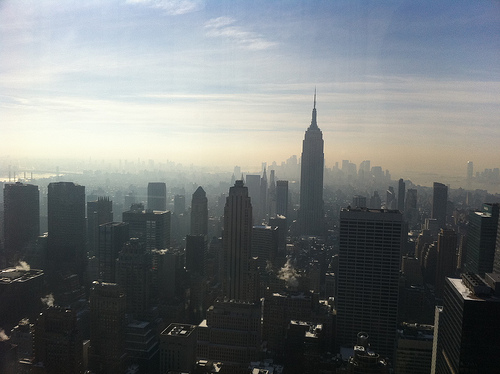
Skyline
Image courtesy of Rakkhi Samarasekera/Flickr
- In 2011, New York City was the home to 5,937 high rises,including the new One World Trade Center, the highest building in the Western hemisphere.
- New York City has five districts, or boroughs, and is the home to 500 galleries of art, 1,200 schools, four of the costliest sporting stadiums on earth and 113 square kilometres (43.75 square miles) of parkland.
- It is estimated that more than 800 languages are spoken in New York City, and the city is popularly known for its bagels, pizza and cheesecake, as well as other foreign cuisine.
- Fifty-two percent of New York City’s families do not own a car, and therefore the city has numerous taxis, the largest and one of the most used subways of rapid transit in the world, and some of the busiest airline and ferry services.
- New York City is visited by approximately 55 million people every year, is one of the most significant centres for commerce and business in the world, and in 2010 it had a GMP (gross metropolitan product) of US$1.28 trillion.
Bibliography:
New York City, 2014, History, http://www.history.com/topics/new-york-city
New York City, 2014, Wikipedia, http://en.wikipedia.org/wiki/New_York_City





